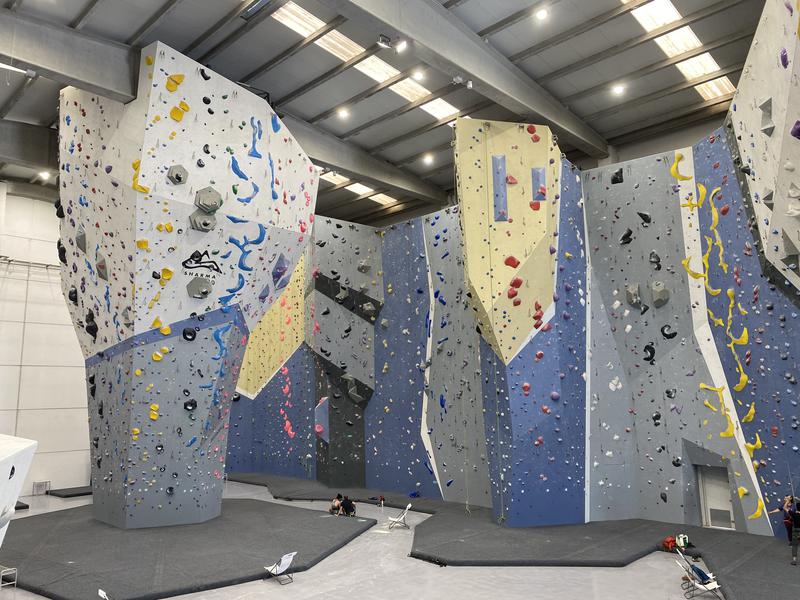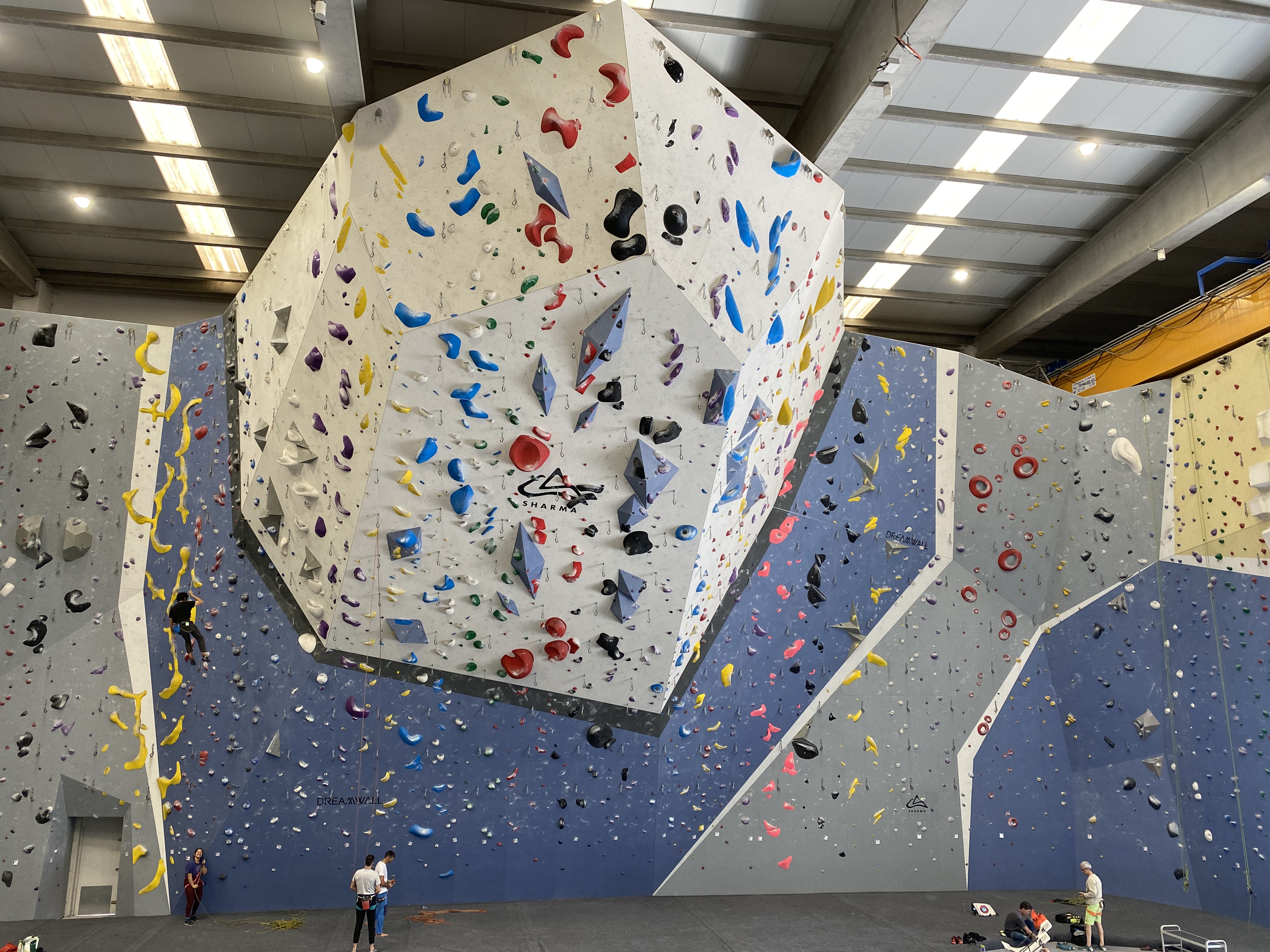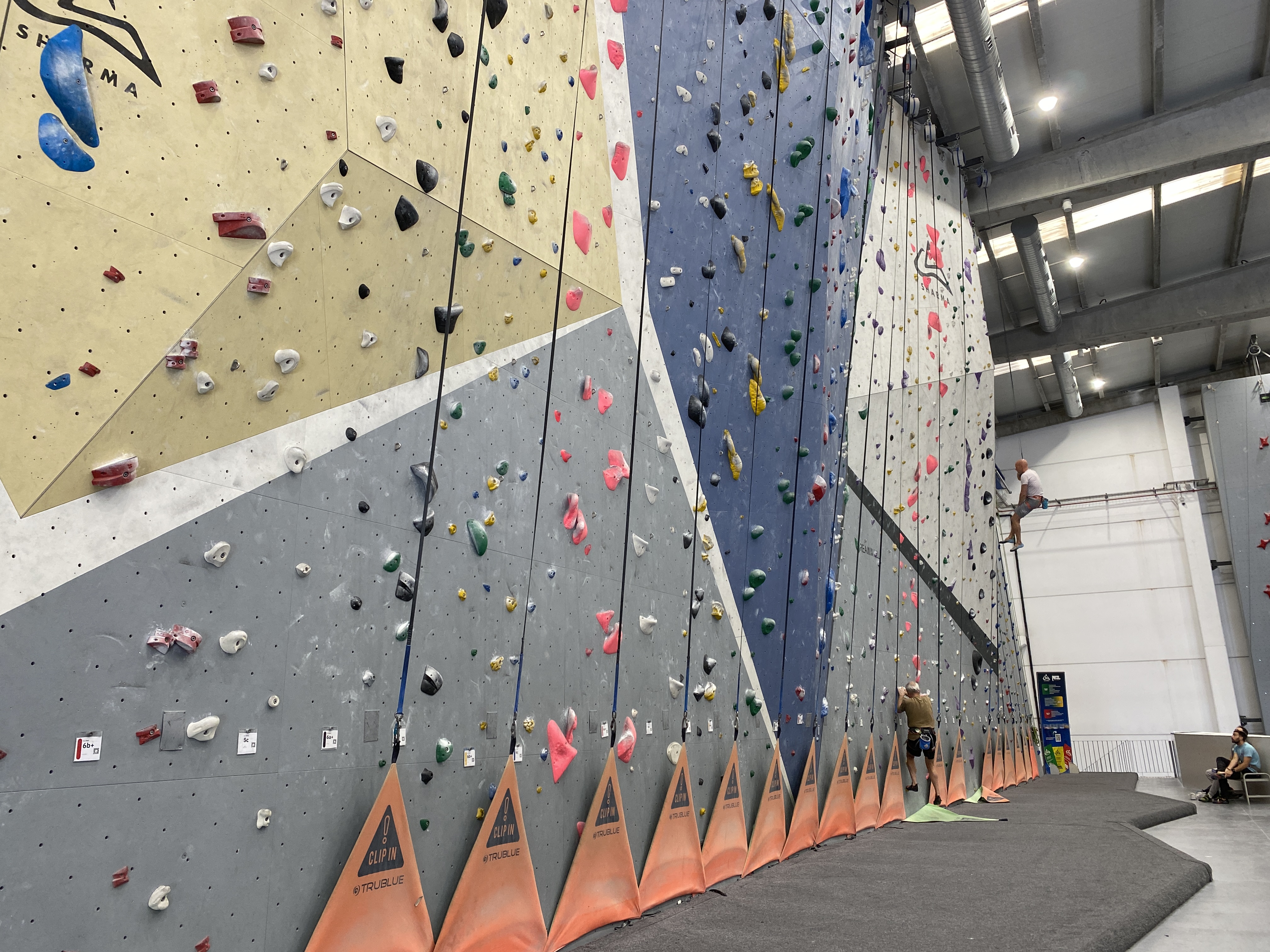The climbing revolution: Why so many people are falling in love with the sport
Indoor gyms in Catalonia quadruple in a decade as new enthusiasts surge

Climbing is experiencing a golden age. In recent years, millions of people around the world have taken up the sport, leading to a significant increase in the number of climbing centers everywhere.
In Catalonia, there are currently 80 climbing centers, of which about 30 are of a good size, according to the Catalan Mountain Sports Federation. This number has quadrupled in the last ten years.
Climbing is very varied, with many completely different disciplines falling under the same umbrella of the sport.
One of the most popular types of climbing is bouldering, where no ropes or harnesses are required and all you need is a soft surface to land safely.
Walls are typically no higher than 4 meters, and gym floors are padded with mats to prevent injury.
Getting started in bouldering is easy and doesn't require much equipment - just climbing shoes and a bag of chalk to keep your hands dry.
Admission to climbing gyms is comparable to other fitness facilities, with monthly memberships ranging from €45 to €60 and daily passes available for €9 to €14.
Bouldering is also accessible to people of all fitness levels and body types, as it doesn't require a specific physique or height: everyone finds their own way to solve climbing problems.
The gender gap in climbing is significantly narrower than in many other sports. Despite its historical association with male participation, climbing centers have a much more balanced gender distribution, fostering an environment where both men and women feel equally welcome.

What makes climbing special?
Sharma Climbing, the largest climbing center in Spain, opened its doors in 2021 in Gavà, near Barcelona.
The venue, with 5,000 square meters of climbable walls, was designed by Chris Sharma, the renowned American climber who has made Catalonia an international reference for climbing.
Catalan News paid a visit to the gym and spoke to some of the climbers to find out what it is about this sport that makes so many people fall in love with it.
The main benefit of climbing is obvious: staying in shape. This is why many people start doing it. But there's another aspect to climbing that sets it apart from the traditional gym: it's fun.
"I like it because you're working out and playing at the same time, it's not like going to the gym and lifting weights, which I find very boring. Instead, here you feel like you're doing both things at once, a fun hobby and getting stronger at the same time," Carles explains.

As well as getting fit, many climbers find solving the 'problems' of climbing - the routes are literally called problems - to be very fun and challenging.
"I love the physical problem solving, so it's both, it keeps you fit and healthy, but also they change the walls, every route's different, so you can fully focus, disconnect, as opposed to going to the gym, which is a bit repetitive, a bit boring," says Leith.
Another reason many climbers enjoy it so much is the adrenaline rush of heights. And even though the stereotype of climbing as something dangerous is changing, it's still scary for many to be four meters off the ground.
The challenge of overcoming one's fears and the need for high concentration to avoid falling make it a very beneficial activity for disconnection.
"When you are on the wall, you just focus on the movement and try not to fall down, so it is a way to release my looping thoughts," says Martín.
But it's not just about disconnecting, it's also about connecting with others, as it's a very social activity. Climbers share the same walls in the gym, which is a perfect opportunity to chat and meet new people.
"It's a super sociable sport, so we have lots of friends that climb as well. And climbers in general are just really nice people," Arnay explains.
To learn more about the climbing craze, listen to the latest episode of our podcast Filling the Sink.